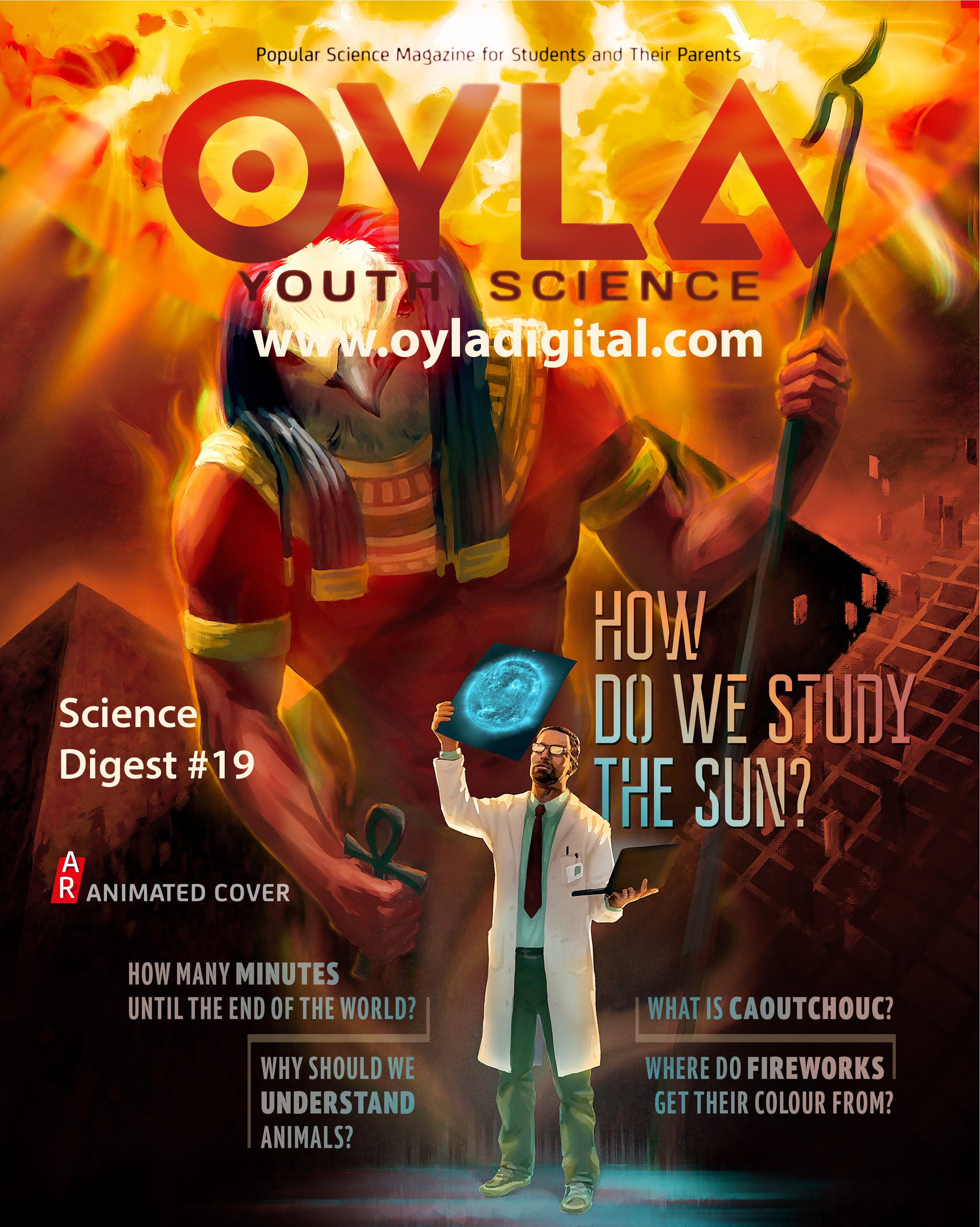Whatsapp This Number
+91 - 9600600703

DNA can be compared to a large book; to read it is to live. Its ability to accurately edit its own text, correct mistakes, and finish new “ chapters” brings promise of victory over many diseases and problems of our time. And we are getting closer to this: there is especially strong hope surrounding the recently developed CRISPR / Cas9 technology. Do not be intimidated by these complicated abbreviations – we’ll explain everything in layman’s terms. We’ll break it down into the letters and the chapters of the “book of DNA.”
